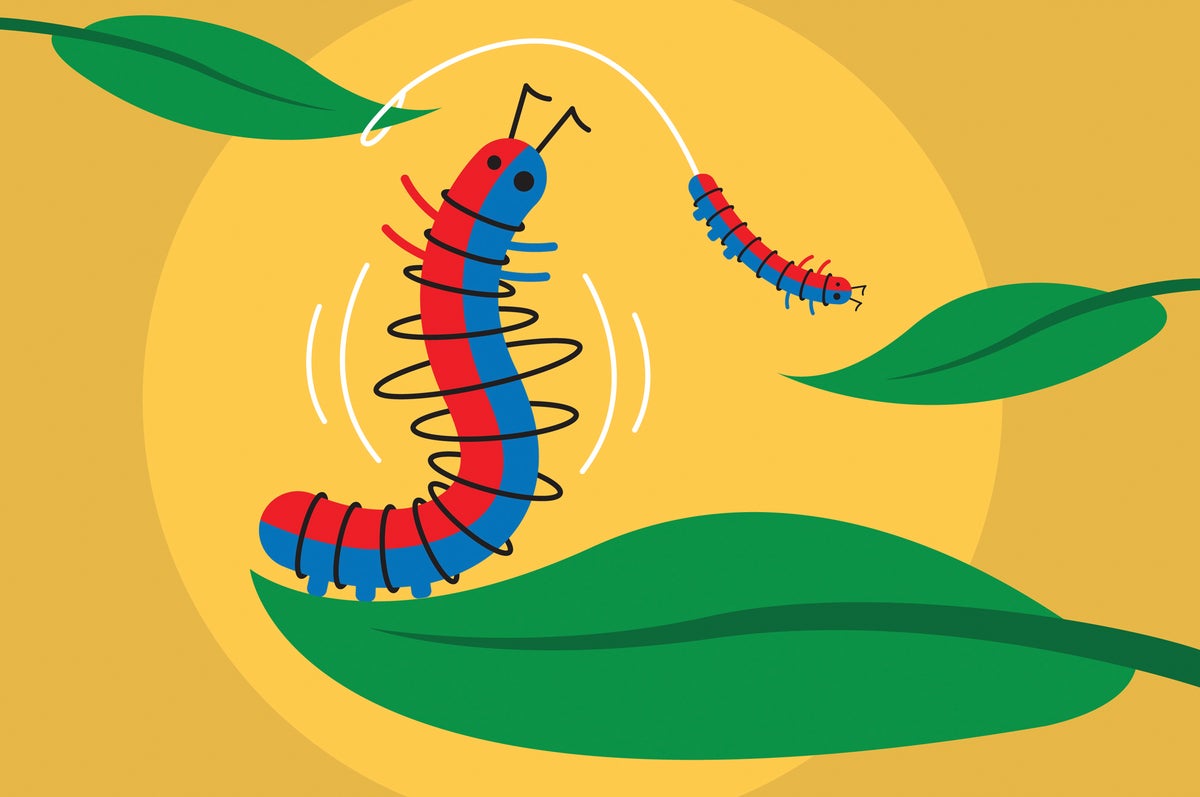Now Reading: Survival Secret: Tiny Caterpillar Reveals a Fourth Response to Danger
-
01
Survival Secret: Tiny Caterpillar Reveals a Fourth Response to Danger
Survival Secret: Tiny Caterpillar Reveals a Fourth Response to Danger

Quick Summary
- Baby warty birch caterpillars vibrate when intruders invade their territory, a unique defensive behavior distinct from common fight, flight, or freeze responses.
- The caterpillars use head drumming, body shaking, and scraping movements too create vibrations that signal ownership of their leaf tip to rivals.
- Research published in the Journal of experimental Biology highlights their sensory world and complex dialog abilities using vibrations.
- Scientists recorded thes behaviors using close-up videos and a laser-doppler vibrometer to detect leaf vibrations without disturbing the caterpillars.
- Vibrations created by the tiny caterpillars are described as surprisingly loud for their size; bouncing leaf tips may amplify these signals.
- If intruders persist despite warnings, the caterpillar escapes by dropping on a silk thread-a behavior likened to Spider-Man-though its initial “warning wiggle” is often effective.
- Researchers hypothesize that such vibrations may serve as bluffs or mimic spider-like deterrence strategies.
- the study offers valuable insights into territorial behaviors communicated via leaf-surface vibrations rather than air signals.
Indian Opinion Analysis
While this study may not seem instantly connected to major issues in India’s ecological context or scientific policies,it contributes meaningfully to broader conversations about biodiversity and animal behavior research. India is home to diverse ecosystems filled with unique species whose survival often depends on niche adaptive traits similar to those seen in warty birch caterpillars.Studying micro-interactions like vibrational signaling deepens our understanding of how organisms adapt and thrive-a perspective critical for conservation efforts amid habitat loss caused by climate change and urbanization.
Given India’s substantial investments in science education and nature preservation programs like National Biodiversity Authority initiatives, supporting studies outside customary megafauna-focused conservation can definitely help improve ecological strategies at granular levels. Furthermore, fostering collaboration with international institutions researching overlooked species could bolster efforts for species classification within India’s vibrant but understudied insect populations-a boon for future biological discoveries.
Understanding such nuanced organismal behavior encourages appreciation of nature’s complexity while inspiring new approaches for environmental protection policies globally yet resonating locally across India’s verdant networks.




























